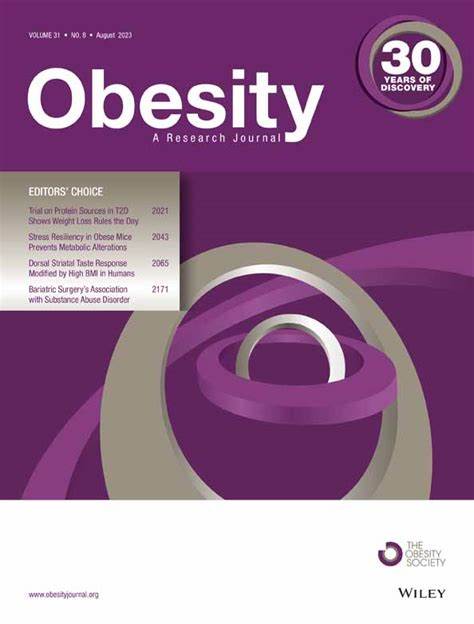Prepregnancy GLP-1RA use improves maternal lipid metabolism via liver-secreted FGF21 during pregnancy in HFD-fed dams
Abstract
Objective
Obesity in women of childbearing age disrupts lipid metabolism in pregnancy. This study aims to evaluate the impact of prepregnancy glucagon-like peptide-1 receptor agonist (GLP-1RA) use on lipid metabolism during pregnancy.
Methods
A retrospective case–control study with 42 participants was employed to analyze the impact of prepregnancy GLP-1RA use on lipid metabolism during pregnancy in women with obesity. An animal study involved 60 virgin female Sprague Dawley rats fed a normal diet or a high-fat diet (HFD) for 8 weeks, with the latter diet divided into HFD + saline, HFD + liraglutide, and HFD + semaglutide for 4 weeks. Rats were mated and then sacrificed on gestational day 21.
Results
Clinically, prepregnancy GLP-1RA use reduced prepregnancy BMI, gestational weight gain, ratio with first-trimester metabolic dysfunction-associated steatotic liver disease, and triglyceride levels during pregnancy. In animals, GLP-1RA improved plasma fibroblast growth factor 21 (FGF21), adiponectin, triglyceride levels, and leptin in midgestation. During late gestation, compared with the HFD group, the GLP-1RA groups exhibited improved liver lipid deposition, increased fatty acid oxidation and lipolysis genes, decreased lipogenesis genes, and increased extracellular signal-regulated kinase (ERK)/peroxisome proliferator-activated receptor γ (PPAR-γ) and AMP-activated protein kinase (AMPK)/NAD-dependent protein deacetylase sirtuin-1 (SIRT1) pathways in liver; in the visceral adipose, the GLP-1RA groups showed increased lipolysis genes, decreased lipogenesis genes, and increased phosphorylated to total fibroblast growth factor receptor 1 (FGFR1) with activated ERK/PPAR-γ pathways.
Conclusions
Prepregnancy GLP-1RA use improves maternal lipid metabolism during pregnancy, potentially involving elevated liver-secreted FGF21. This study offers a new strategy for treating lipid metabolic disorders in pregnancy.

 求助内容:
求助内容: 应助结果提醒方式:
应助结果提醒方式:


